Gait analysis instruments, particularly those utilizing plantar pressure distribution systems, hold significant value in diagnosing and assessing foot diseases. These systems, employing high-precision sensor arrays and advanced analysis software, accurately capture and analyze pressure distribution on the soles of the feet, providing comprehensive data support to physicians for diagnosis and treatment planning.
Principles of Plantar Pressure Distribution Systems:
Plantar pressure distribution systems comprise several key components, including pressure sensor arrays, data acquisition devices, and analysis software. Sensor arrays can be embedded in gait analysis platforms, insoles, or treadmills to measure pressure in different areas of the sole. Data acquisition devices collect data from sensors and transmit it to computers or other processing devices. Analysis software processes this data to generate plantar pressure distribution maps and relevant gait parameters.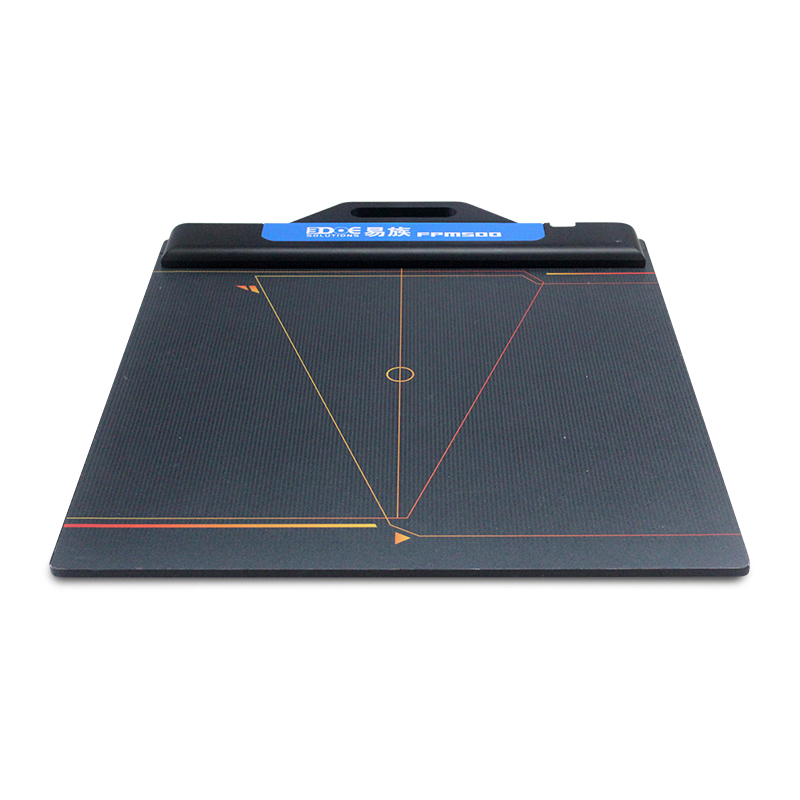
Applications of Plantar Pressure Distribution Systems in Foot Disease Diagnosis:
1. Flat Feet:
Flat feet, characterized by collapsed arches resulting in nearly complete contact of the sole with the ground, can be clearly diagnosed using pressure distribution maps. Normally, pressure on the sole should primarily concentrate on the heel and forefoot, whereas individuals with flat feet exhibit excessive pressure in the midfoot region. Physicians can accurately diagnose flat feet using these visual representations and devise corresponding treatment plans such as orthotic insoles or physical therapy.
2. High Arches:
High arches, causing excessive pressure on the toes and heels, often lead to foot pain and fatigue. Plantar pressure distribution systems can clearly display areas of high pressure on the forefoot and heel of individuals with high arches, with lower pressure in the midfoot region. Physicians can assess the severity of high arches using this data and recommend appropriate corrective measures such as custom orthotic insoles or foot muscle strengthening exercises.
3. Plantar Fasciitis:
Plantar fasciitis, a common foot condition characterized by inflammation and pain in the plantar fascia, can be identified using plantar pressure distribution systems. These systems help physicians pinpoint abnormal high-pressure points, typically near the heel, aiding in accurate diagnosis and the formulation of precise treatment plans such as physical therapy, specialized footwear, or localized injections.
4. Diabetic Foot:
Diabetic patients, prone to neuropathy and poor circulation, are at risk of foot ulcers and infections. Plantar pressure distribution systems can promptly identify high-pressure areas on the soles of diabetic patients, warning of potential ulceration risks. By regularly monitoring plantar pressure distribution, physicians can take preventive measures such as adjusting footwear or adding protective padding to prevent severe complications.
5. Elderly Gait Analysis:
With age, changes in gait and foot structure in the elderly increase the risk of falls and other injuries. Plantar pressure distribution systems help physicians analyze gait characteristics and pressure distribution on the soles of the elderly, identifying instability and areas of abnormal loading. Based on this data, personalized rehabilitation plans can be devised, including balance training and foot strengthening exercises, to improve gait stability and safety in the elderly.
6. Athlete Gait Optimization:
Athletes' gait and plantar pressure distribution significantly impact their performance and injury prevention. Plantar pressure distribution systems assist athletes and coaches in analyzing gait and pressure distribution, identifying faulty movement patterns and high-pressure areas, thus optimizing training plans, improving athletic techniques, and reducing the risk of sports injuries.
Plantar pressure distribution systems serve as advanced diagnostic and assessment tools in foot disease diagnosis and treatment. Through precise pressure distribution data and detailed gait analysis, physicians can accurately diagnose various foot conditions such as flat feet, high arches, plantar fasciitis, and diabetic foot, devising personalized treatment plans.
Moreover, these systems have important applications in elderly gait analysis and athlete gait optimization. With ongoing technological advancements, the functionality and scope of plantar pressure distribution systems are expected to expand further, providing more scientific and effective support for foot health.

 +86-0755-86131192
+86-0755-86131192 2024-05-16
2024-05-16 Back to list
Back to list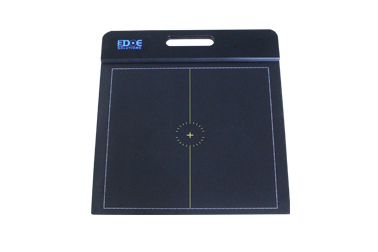
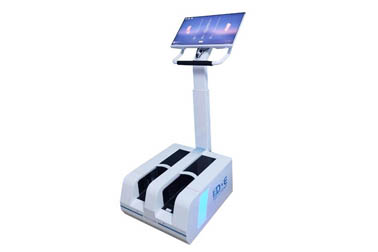
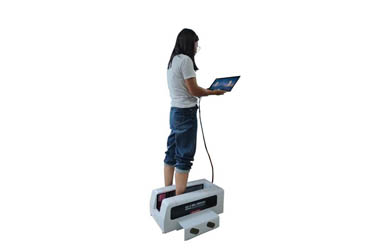
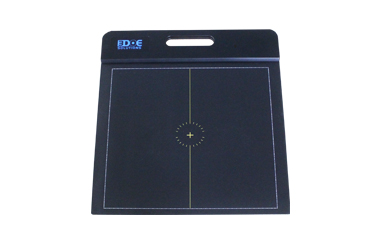

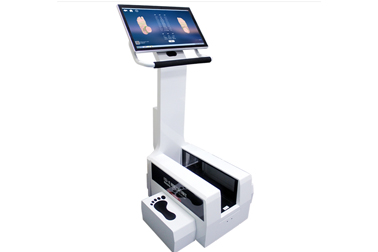



 +86-0755-86131192
+86-0755-86131192